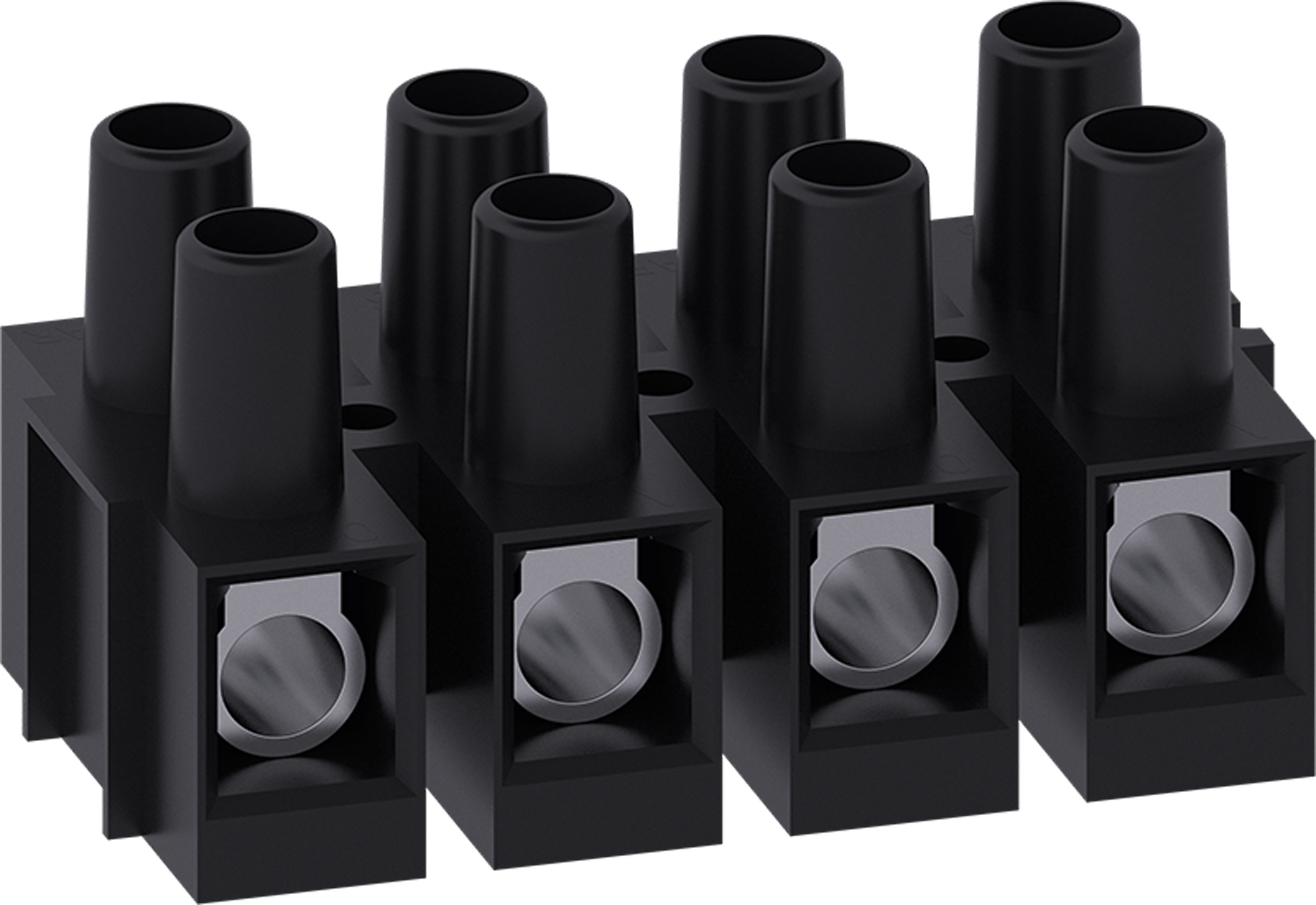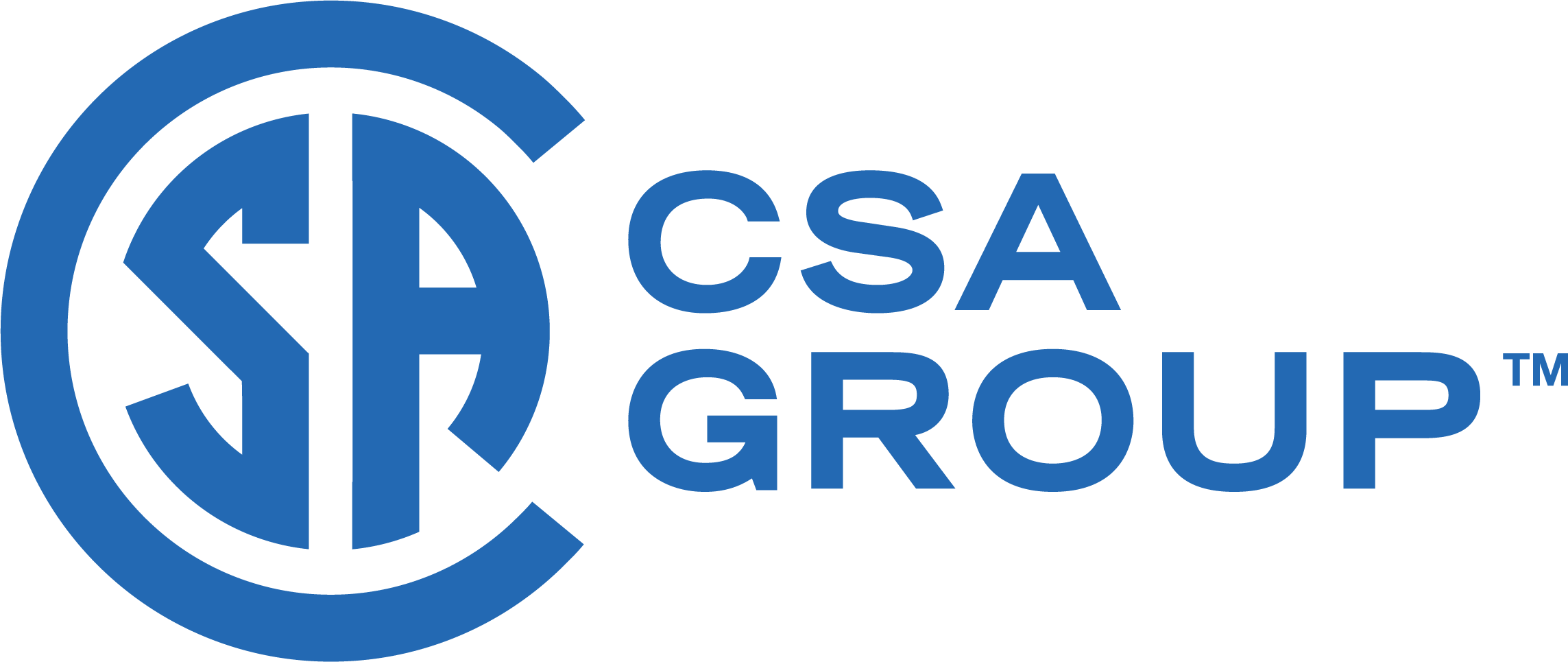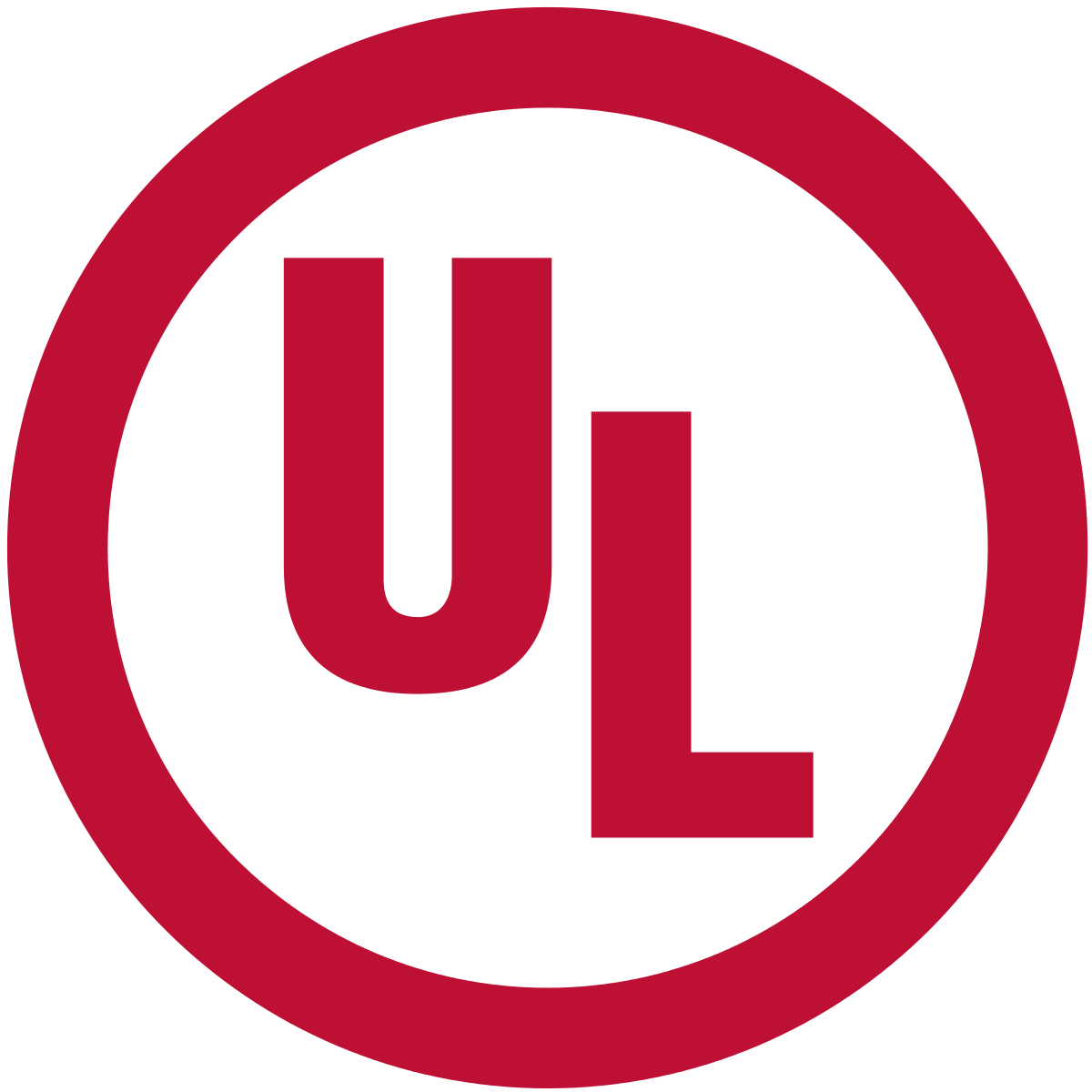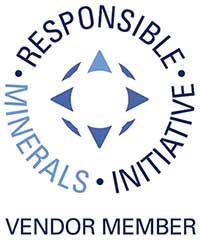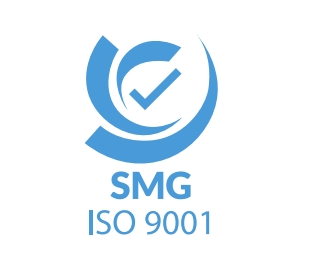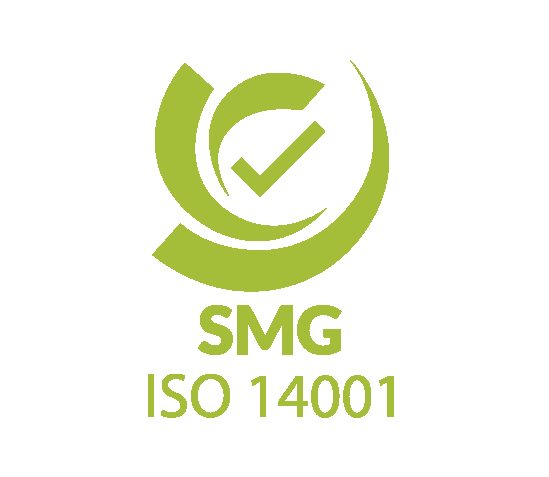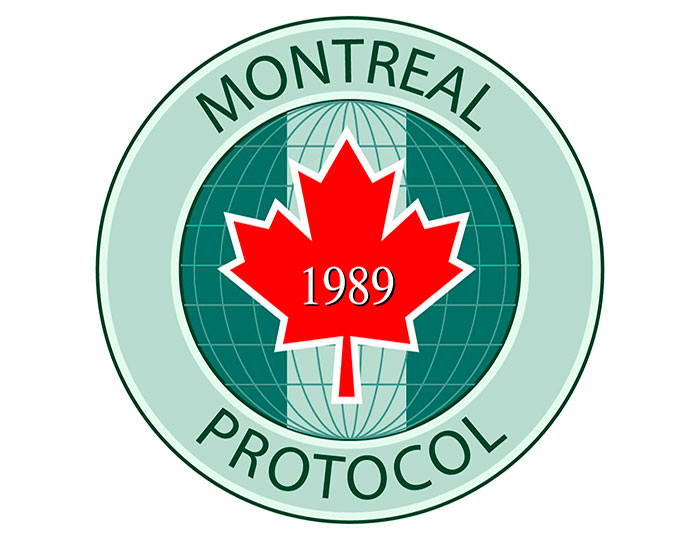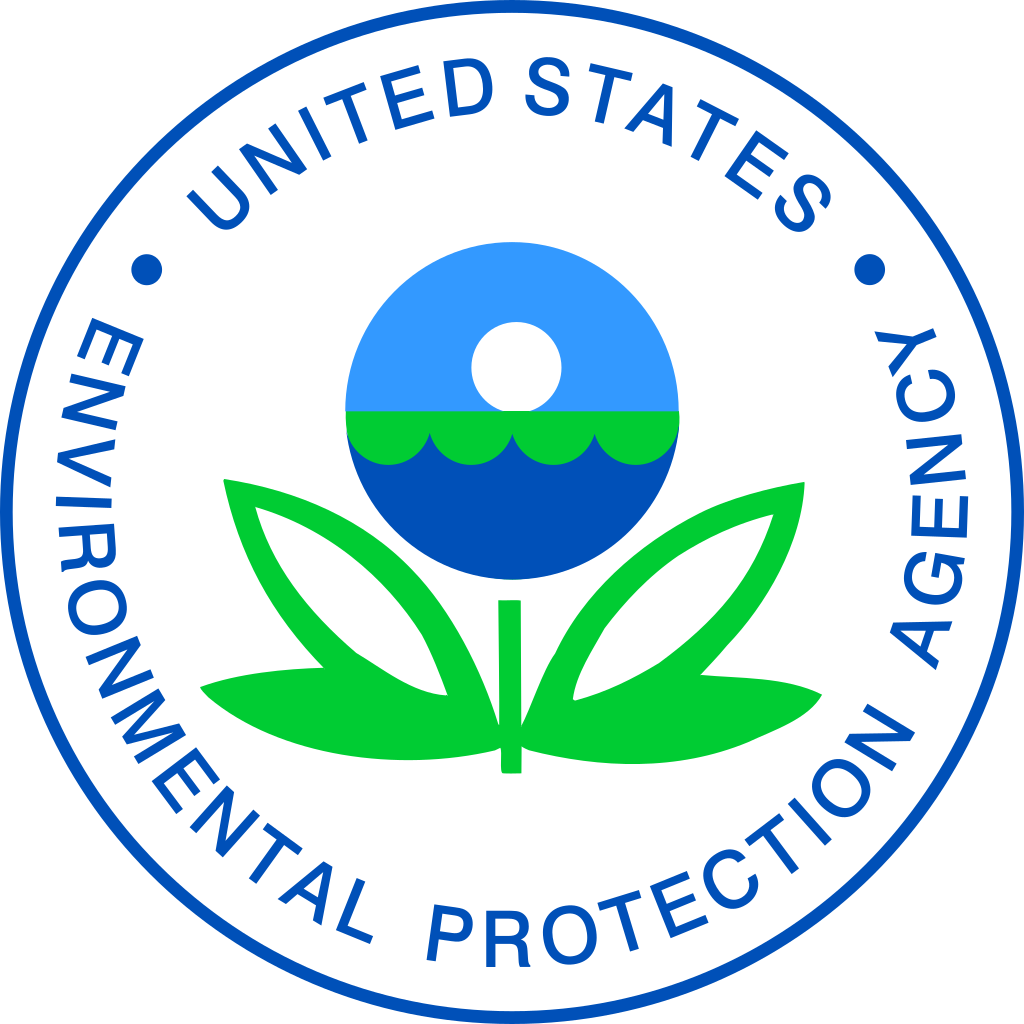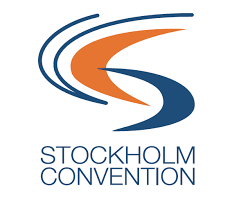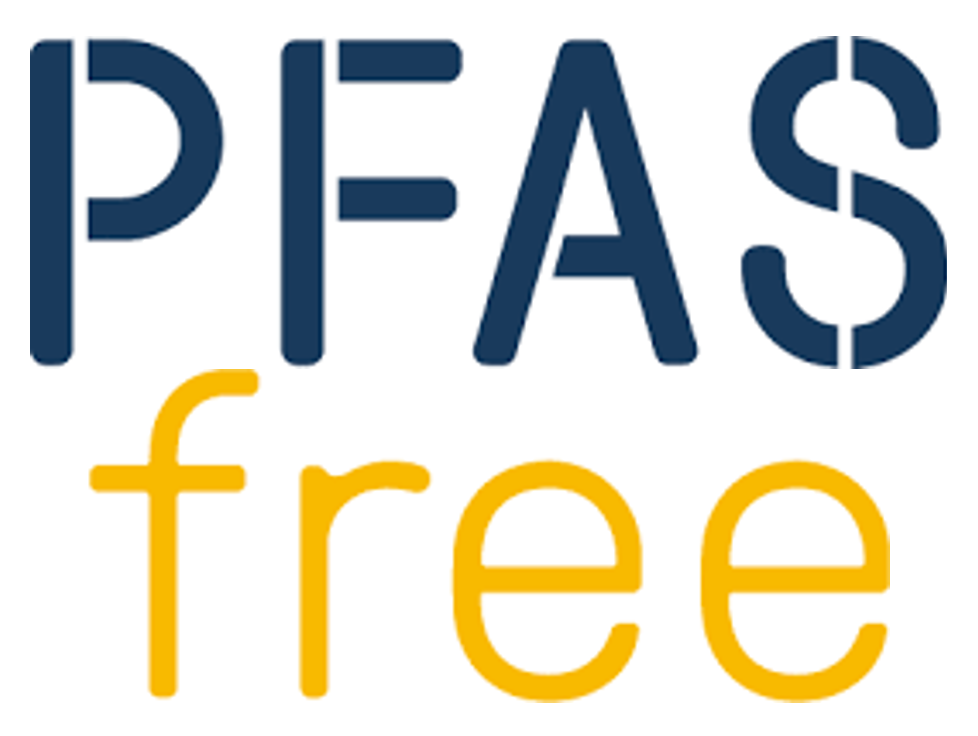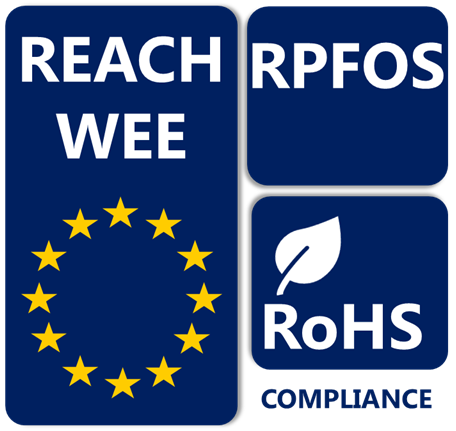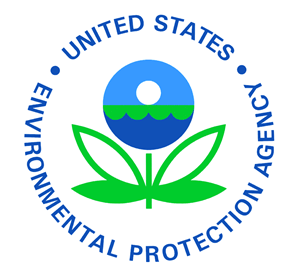Le contenu de la section « Informations techniques » est actuellement disponible uniquement en anglais et allemand.

VDE ratings are outlined based on degree of pollution, clearances, creepage distances and insulating materials.
WECO is committed to comply with all global environmental regulations :

Can terminal blocks be grouped together?
Yes, terminal blocks can be grouped together while maintaining center to center spacing. Dovetail blocks are blocks that clip together with a tab and slot arrangement resembling a dovetail and have thinner outside walls, half the normal width, to maintain center to center spacing when they are clipped together.
What is considered consecutive numbering for the WECO product ordering procedure? And special markings?
Consecutive numbering is only when numbering begins at 1 with an increment of 1, (ex: 1, 2, 3, 4, etc.) and is oriented according to the sketch on the product web page. Any other numbering sequence, although possibly consecutive, is called special markings.
Which WECO block can be used in environments of up to 500°C (940°F)?
The only block supplied by WECO which is approved for environments of up to 500°C is the ceramic block, 560-K4DF-V2A.
Can the Euro style 300 series be daisy-chained (or jumpered)?
Yes, by using jumper combs.
What is the RAST 5 standard?
The RAST 5 standard is a coding sequence in Europe used by manufacturers of major appliances and consumer products such as whitewear (fridge, oven, etc.). This specific standard prevents mismatching of the plug and header to avoid short circuits on the PCB. Our 130 product family follows this standard and could be used for these specific applications within Europe.
What is the cycle of a depluggable block?
As per WECO quality control procedures, insertion force and contact resistance after 100 plug/de-plug cycles has been verified and guaranteed.
What is meant by the continuous temperature?
When WECO speaks of continuous temperature limits, it refers to the material and not the environment. Continuous temperature for connectors, it refers to the maximum temperature a connector can withstand over an extended period without degrading its performance or material properties. This specification is critical in determining the suitability of a connector for a particular environment or application and it is mentioned on the datasheets of the products
How long is the expected waiting time for receiving UL & CSA approvals?
The approximate time for testing and reporting at the WECO lab is 2 to 4 weeks. Once it is completed it is approximately 6 to 8 weeks after submittal to UL and CSA.
What is the UV stability of plastics?
The UV stability of plastics is the level of degradation of mechanical performance after exposure to sunlight. Acceptable levels of degradation are specified in standards such as: UL 746C, ISO 4582, BS EN 50021. Polyamides, which are used for WECO connectors do not have UV stabilizers and they are not intended for outdoor use.
To what torques should I tighten the mounting screws?
WECO gives maximum torques for the wire tightening screws but does not give torques for mounting screws. The reason is that mounting screw torque will be very affected by the type of screw used and the substrate in which it is screwed. For example a wood screw into wood, plastic or sheet metal; predrilled or not, a machine screw & nut, will all have different torques. The important thing is not to deform, penetrate or break the connector dielectric moulding material because this could cause short circuits and other failures. As such the correct screw insertion criteria are correct final height of the screw head against the moulding and proper penetration into the mounting surface so as to be solid without damaging anything. The drawings on the website will help in determining this. This also requires that screw heads (and washers if used) be correctly sized. Too large can cause penetration into sidewalls and too small can cause excessive stress on the mounting hole. WECO sometimes recommends a mounting screw type, but never torque.
To what torque shall I tighten the wire tightening screws?
UL and CSA recognized or listed terminal blocks have rated torques. Traditionally UL expresses torque in pound-force-inch (lbfin) and CSA expresses torque in Newton-meter (Nm). For example 1 Nm = 8.85 lbfin and 1 lbfin = 0.113 Nm.
These torques are chosen from UL and CSA tables or by the manufacturer. All cases involve the screws being tightened to the rated torque and the product being subjected to mechanical and electrical tests. This rated torque must be taken as a rating. It must not be exceeded because this could break or deform the connector. It must not be taken as a minimum because this could crush some small soft wires and provoke circuit malfunctions.
Choosing the correct tightening torque for factory wiring or for field wiring involves the knowledge and application of the ratings, torque measuring instruments, torque limited screw drivers, correct screw driver bits, correctly sized screw drivers, and the human factors involved. Mechanically assisted screw drivers (electrical, pneumatic, hand held or fixed) are especially sensitive to misuse. Torque measuring instruments and torque limited screw drivers must be used properly. Improper use can give false readings and incorrect torques. They all have finite accuracies, precisions and resolutions. The human factors involve the installer's strength, ability and choice of tool. In some jurisdictions electrical technicians must have the experience, education and tools required. Over tightening or under tightening can provoke failures that are not immediately obvious and cause overheating, fire or circuit failure. Screw driver bits must be correctly sized for the screw heads. Screw driver bit types such as Pozidrive, Phillips, Robertson and flat blade all perform differently. Screw heads such as Pozidrive, Phillips, Robertson and slot have differences and similarities of performance depending of what screw bit is used.
What is a Pozidriv screw?
The pozidriv screw was designed by the Phillips Screw Co & the American Screw Co. A Pozidriv screw is a type of screw that features a unique drive system, distinguishable by its cross-shaped recess with additional smaller, secondary crosses offset by 45 degrees. This design is an improvement over the standard Phillips screw, providing greater torque transfer and reducing the likelihood of cam-out (the driver slipping out of the recess during tightening or loosening).
On the WECO web page, we can find the electrical ratings: Current (A) and Voltage (V). Do these apply to the AC application or to the DC application?
The ratings are assigned by regulatory agencies according to standards based on National Electrical Code. The values of the voltage and current rating for WECO Terminal Blocks are for both AC and DC applications.
Is WECO ISO certified?
Yes, WECO Electrical Connectors Inc. has this ISO statement.
Are WECO's connectors and terminal blocks RoHS compliant?
Yes, they meet Restriction of Hazardous Substances in Electrical and Electronic Equipment (RoHS) Directive. WECO has this RoHS statement.
Are WECO's connectors and terminal blocks REACH compliant?
Yes, they meet the Registration Evaluation Authorization and restriction of Chemicals (REACH) regulation as it is defined now. WECO has this REACH statement.
What are the differences and similarities between a genuine surface mount and through-hole reflow terminal block or connector?
The major difference between a genuine surface mount terminal block and through-hole reflow terminal block is that the surface mount does not require any type of holes in the printed circuit board in order to make the solder assembly.
The major similarity between the two is that both are assembled to the surface of the PCB by using re-flow technology. Re-flow technology requires an oven that heats (by convection or radiation) up to 260 - 270 degrees Celsius to melt the solder paste between the contact element and the PCB pad.
An example of a SMarTconn terminal block of THR type is 970-THR. An example of a SMarTconn terminal block of genuine SMT type is 140-A-126-SMD.
What are the advantages and disadvantages to using surface mount products?
Using genuine SMT products increases the surface utilization of the PCB, since you can use both sides. It is appropriate for pick & place automated assembly and completely eliminates PCB damages that are inherent to THR products. Basically it is the higher reliability and the cost impact at PCB assembly level, that make the genuine SMT product line the option of the future.
The disadvantage of the genuine SMT product line is the weaker retention strength of the contact pins to the PCB pad, and the need to change the PCB layout when making the shift from THR to SMT.
Despite the assembly strength and reliability of THR connectors, during the first decade of the new century, the shift between THR and SMT will become more and more popular.
Do WECO products contain rare earth elements?
WECO components and products do not contain rare earth elements.
What are the Short Circuit Current Rating (SCCR) for WECO products type 302 (HDS), 323(HDS), 324(HDS), 326(HDS), 327(HDS), 327-FU (HDS) ?
SCCR ratings have long existed in United States for certain components such as fuse holders.
The SCCR requirement was expanded with the release on the 2005 NEC, where marking of SCCR became required to:
HVAC equipment
Industrial Control panel
Industrial Machinery
Meter Disconnect Switches
Motor Controllers
Subsequently in 2006 this requirement has become a part of:
UL508A for Industrial Control Panels.
UL1059 for Terminal Blocks, supplement SA1, 2, 3, and 4, as optional
WECO Terminal Blocks type 302 (HDS), 323(HDS), 324(HDS), 326(HDS), 327(HDS), 327-FU(HDS)
are approved according to requirement of standard UL1059.
WECO Terminal Blocks type 302 (HDS), 323(HDS), 324(HDS), 326(HDS), 327(HDS), 327-FU (HDS)
are not evaluated for Short Circuit Current Rating yet.
WECO Terminal Blocks type 302 (HDS), 323(HDS), 324(HDS), 326(HDS), 327(HDS), 327-FU (HDS)
don’t have SCCR.
Customer may use WECO products and evaluate the final assembly (control panel, machinery, equipment) for SCCR.
Terminal Blocks type 302 (HDS), 323(HDS), 324(HDS), 326(HDS), 327(HDS), 327-FU(HDS)
are approved by regulatory agencies in North America and Europe
3.1. UL safety standards UL1059 and UL486E
3.2. CSA safety standard C22.2 No.158
3.3. European safety standards
DIN EN 60998-1(VDE 0613-1), DIN EN 60998-2-1(VDE 0613-2-1) EN 60998-2-1

